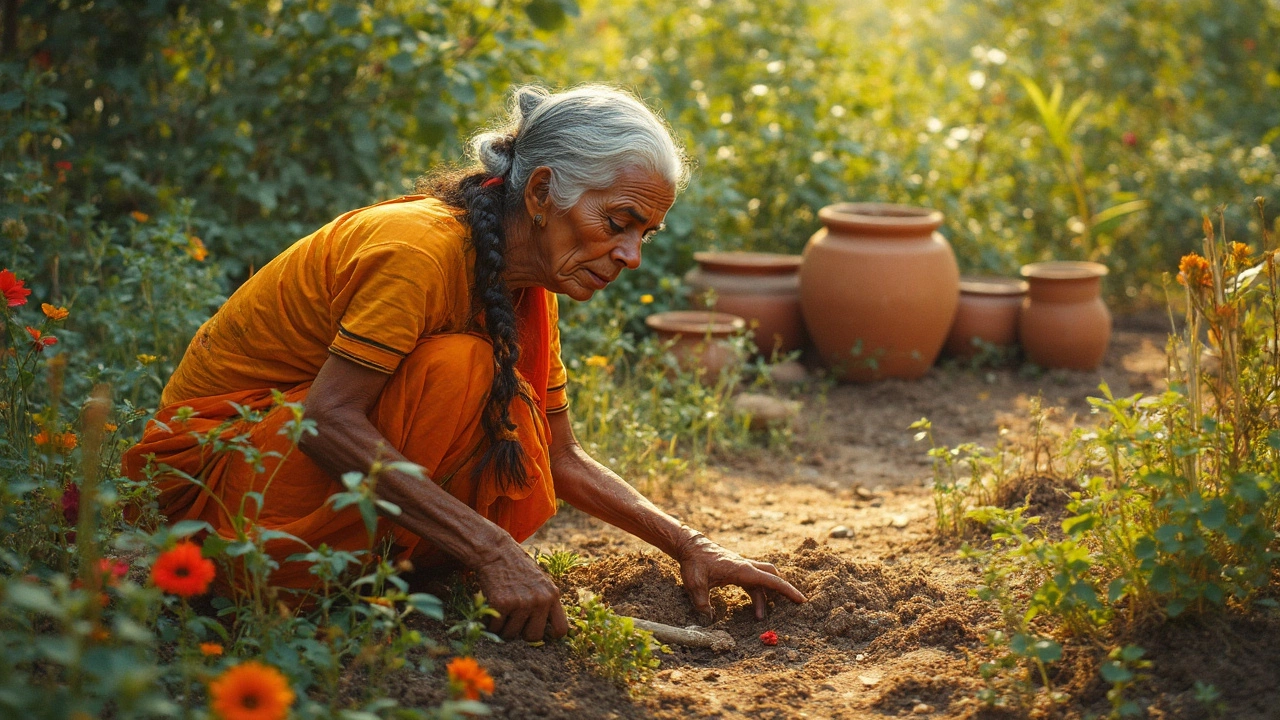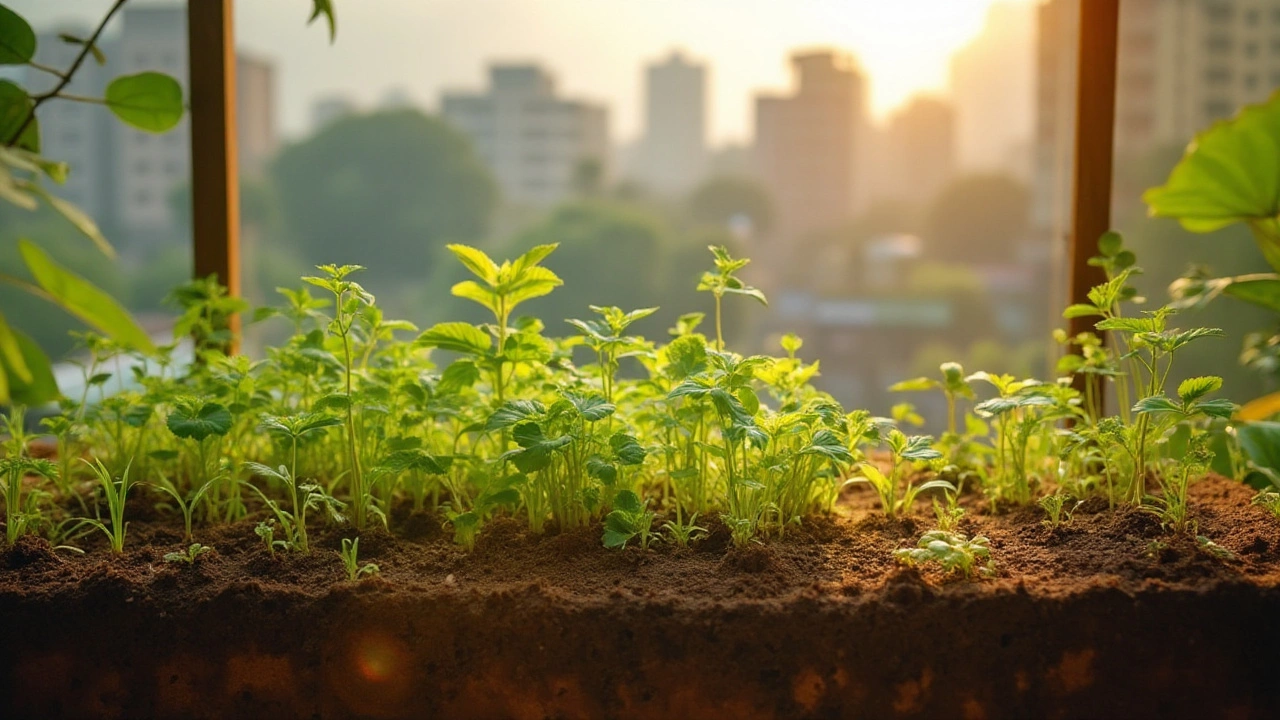Breathing new life into old garden soil is key to having thriving plants and vibrant blooms. It's about more than just digging up the dirt—knowing the right techniques and materials can make all the difference. Explore ways to naturally replenish nutrients, optimize soil pH, and improve drainage. Get tips on effective composting, mulching, and eco-friendly practices. These strategies will turn tired soil into a nourishing haven for your garden.
Soil Nutrients: What Your Plants Really Need to Thrive in Indian Gardens
When you think about growing strong plants, you probably imagine water, sunlight, and maybe the right pot. But the real secret? It’s hidden right under your fingers—in the soil nutrients, the essential minerals and organic elements plants absorb through their roots to grow, flower, and produce food. Also known as plant nutrition, these nutrients aren’t just nice to have—they’re non-negotiable. Without the right balance, even the most careful gardener will see yellowing leaves, stunted growth, or bare patches where nothing seems to take root.
Most Indian gardeners struggle with soil that’s either too dense, too sandy, or stripped of life after years of overuse. You can water every day, but if your soil lacks nitrogen, the primary nutrient that fuels leafy green growth and overall plant vigor, your plants won’t thrive. Same goes for phosphorus, the root and flower booster, or potassium, the disease-fighter that helps plants handle heat and monsoon stress. These aren’t fancy lab terms—they’re the basic trio your plants are screaming for. And while commercial fertilizers promise quick fixes, the real long-term solution? Building soil health with compost, a natural mix of decomposed organic matter that slowly releases nutrients and improves soil structure and soil amendments, like perlite, leaf mold, or well-rotted manure, that fix texture and nutrient gaps.
What you’ll find below isn’t a list of generic tips. These are real stories from Indian gardens—balcony plots in Delhi, terrace farms in Bangalore, kitchen gardens in Kerala—where people fixed their soil and finally saw results. You’ll learn how to tell if your soil is starving, what to add (and what to avoid), and how to turn tired dirt into a living, growing medium. Some posts show how to loosen heavy clay with simple amendments. Others reveal why compost isn’t just ‘green waste’ but the missing link in your plant’s diet. You’ll even see how drip systems and raised beds interact with nutrient flow. No fluff. No jargon. Just what works, when it works, and why it matters in the Indian climate.
Raised garden beds are a popular choice for gardening enthusiasts, offering improved control over soil quality and drainage. Choosing the right material for the bottom of the bed is crucial to ensure proper drainage and prevent pests. Options range from natural materials like straw and leaves to recycled materials that promote sustainability. This guide explores various materials to use at the bottom of your raised garden beds, ensuring optimal plant growth and soil health.

